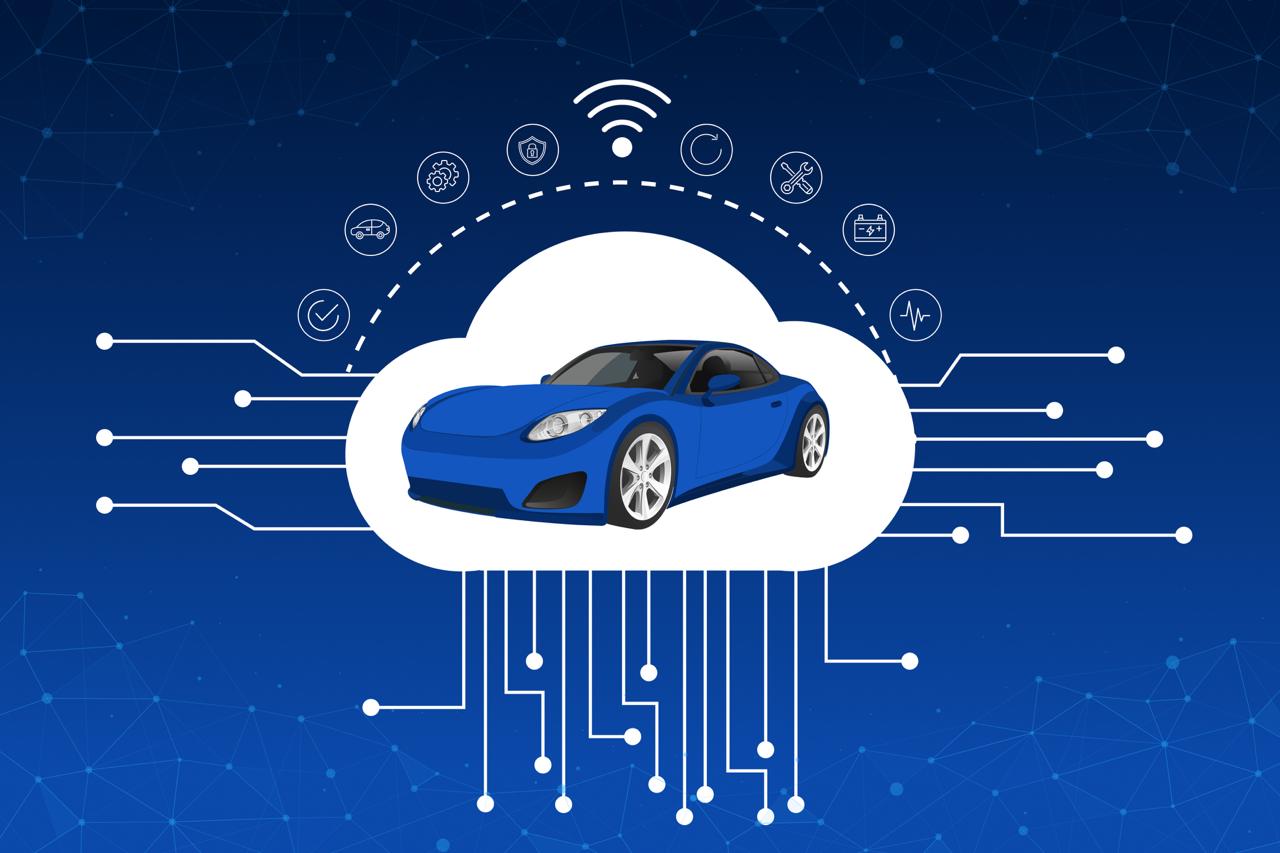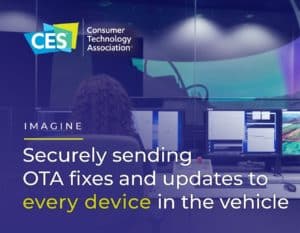Health checkups are essential for a healthy life, and the same principle applies to vehicles. Vehicle components can malfunction or produce errors, and these issues are identified using vehicle diagnostic tools. Vehicle diagnostics are equally applicable to both gasoline and electric vehicles.
The significance of vehicle diagnostics lies in its ability to prevent and address issues before they escalate into major problems. Timely detection of faults allows for prompt repairs or maintenance, ensuring that the vehicle operates at its best and minimizing the risk of unexpected breakdowns.
Understanding Traditional Vehicle Diagnostics Processes
Imagine a scenario where you notice that the "Check Engine" light on your Sedan's dashboard has illuminated. Concerned about the potential issue, you decide to take your car to an automotive repair shop for a diagnostic check.
Upon arrival, the technician first connects a handheld OBD-II scanner to your car's OBD-II port. With the OBD-II scanner linked to the vehicle, the technician now initiates a diagnostic scan. The scanner communicates with the car's Engine Control Module (ECM) and retrieves a set of diagnostic trouble codes (DTCs). These codes provide the technician specific information about the issues detected by various sensors and components in the vehicle. The interpretation of the codes helps the technician identify the nature of the problem post which he/she will attempt to clear the diagnostic trouble codes.
How does an OBD-II work and what are its limitations?
On-Board Diagnostics II (OBD-II) is a monitoring system that examines the performance of a vehicle's engine and other essential systems. OBD-II is an evolution of the original OBD system, and it became mandatory for all cars and light trucks sold in the United States since 1996. It was later widely adopted in other regions, making it a global standard.
Every vehicle equipped with OBD-II has a standardized diagnostic port that allows external devices, such as OBD-II scanners or code readers, to connect to the vehicle's onboard computer systems. OBD-II continuously monitors various components and systems within the vehicle, such as the engine, transmission, exhaust, and emissions control systems. When an irregularity or fault is detected, the system generates Diagnostic Trouble Codes (DTCS) that correspond to specific issues. Technicians can use OBD-II scanners to clear DTCs after addressing issues.
Limitations of OBD-I|
OBD-II primarily focuses on electronic systems and sensors and it does not provide detailed insights into mechanical components and may not always capture the root of the issue. For instance, it can indicate a fault with an oxygen sensor but may not specify if the issue is caused by a wiring problem, or another underlying issue.
And since OBD-II standards define a set of parameters and DTCs, and not all vehicle manufacturers use the same codes for the same issues it can lead to generic codes that require further interpretation.
While OBD-II is effective for basic diagnostics and emission-related issues, more advanced problems related to in-vehicle software, etc require additional tools and methods, such as oscilloscopes or specialized diagnostic equipment like OTA. OBD-II systems have limited access to advanced diagnostic information, as some manufacturers restrict access to proprietary data.
Why is Vehicle diagnostics getting more complicated in the New Era?
Please click on this link to download the PDF and continue reading.



Leave a Comment